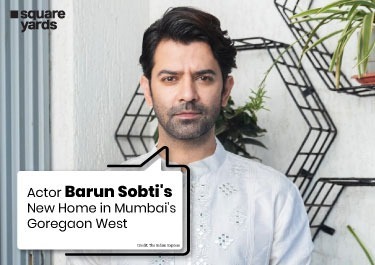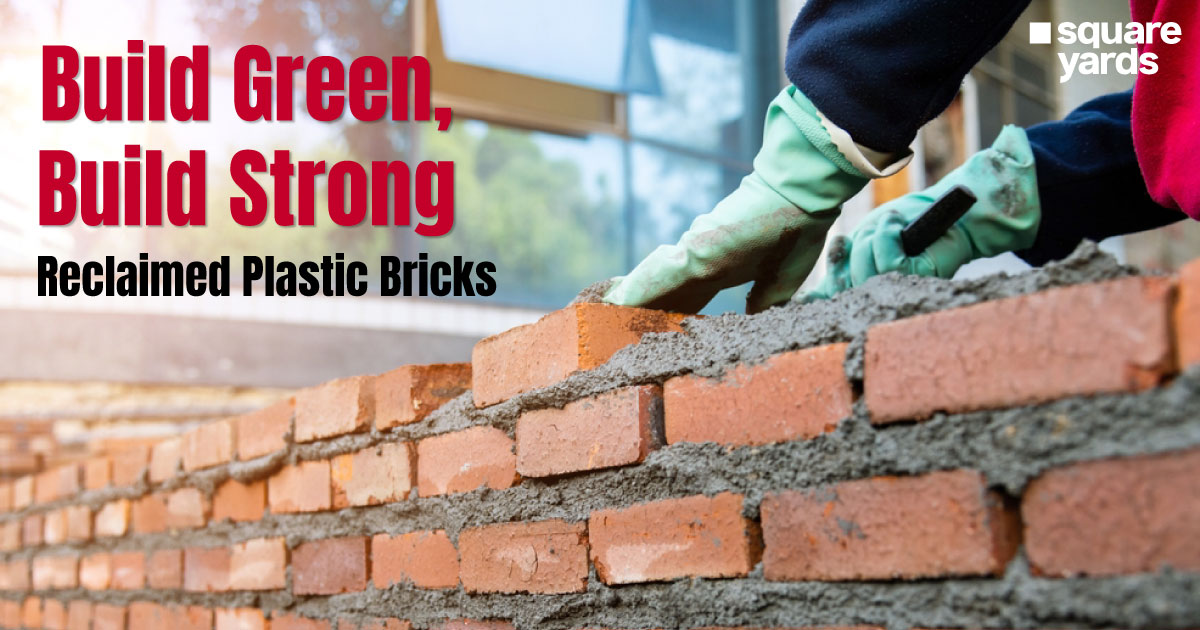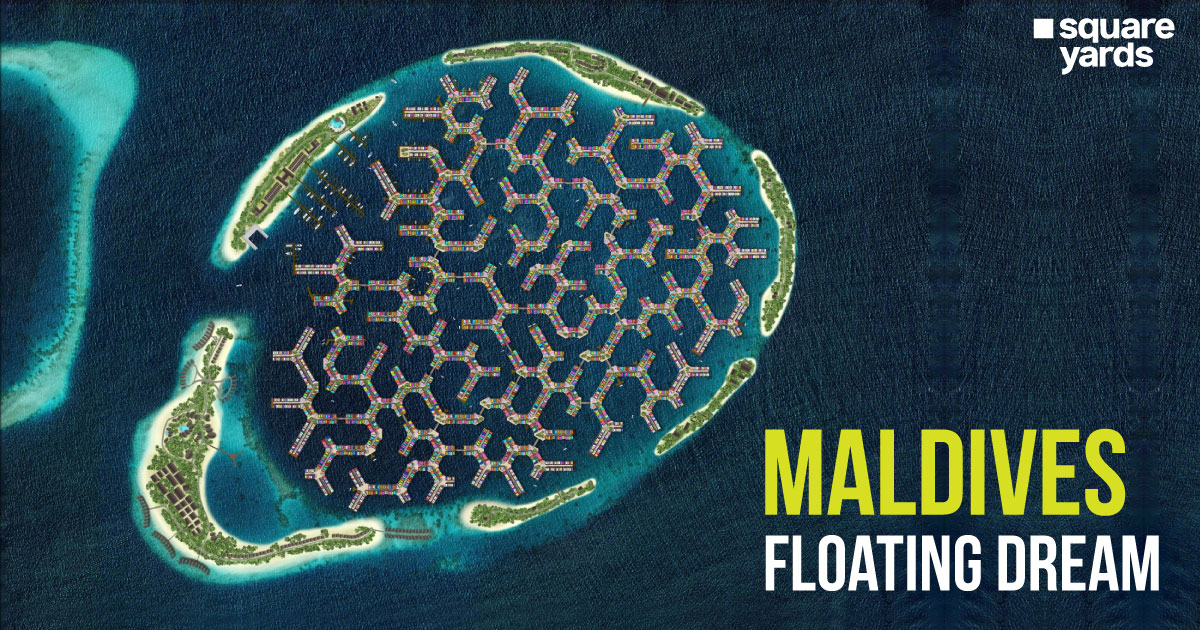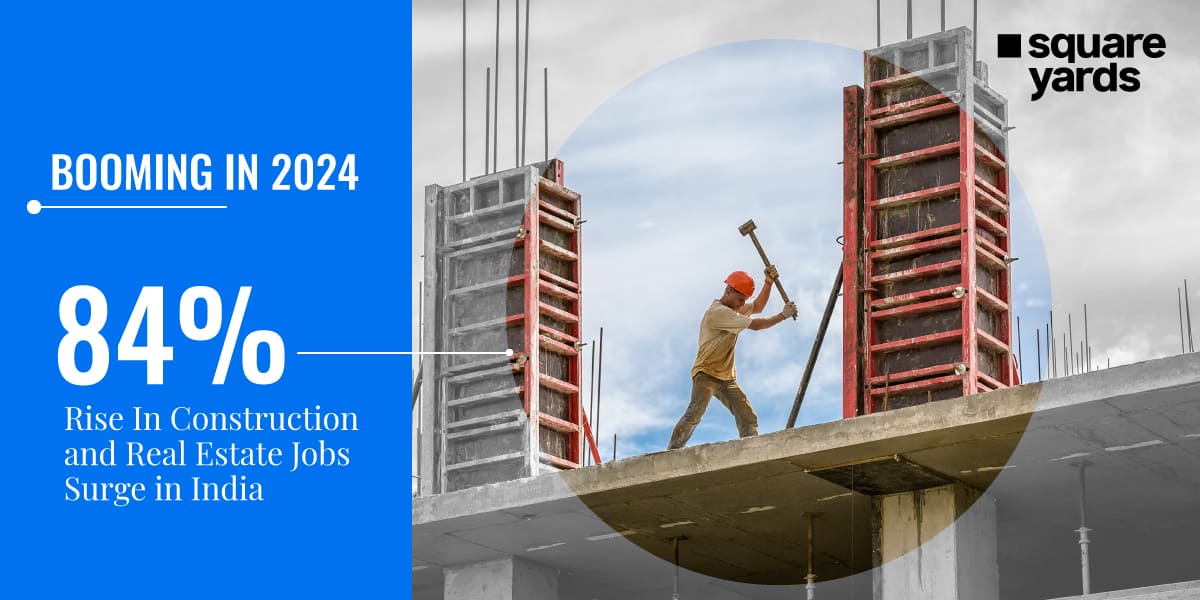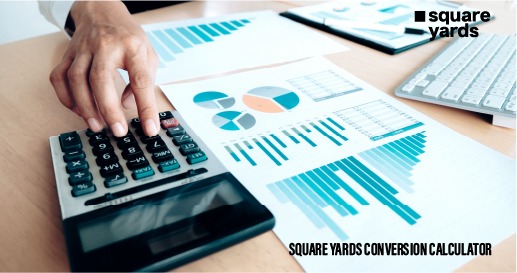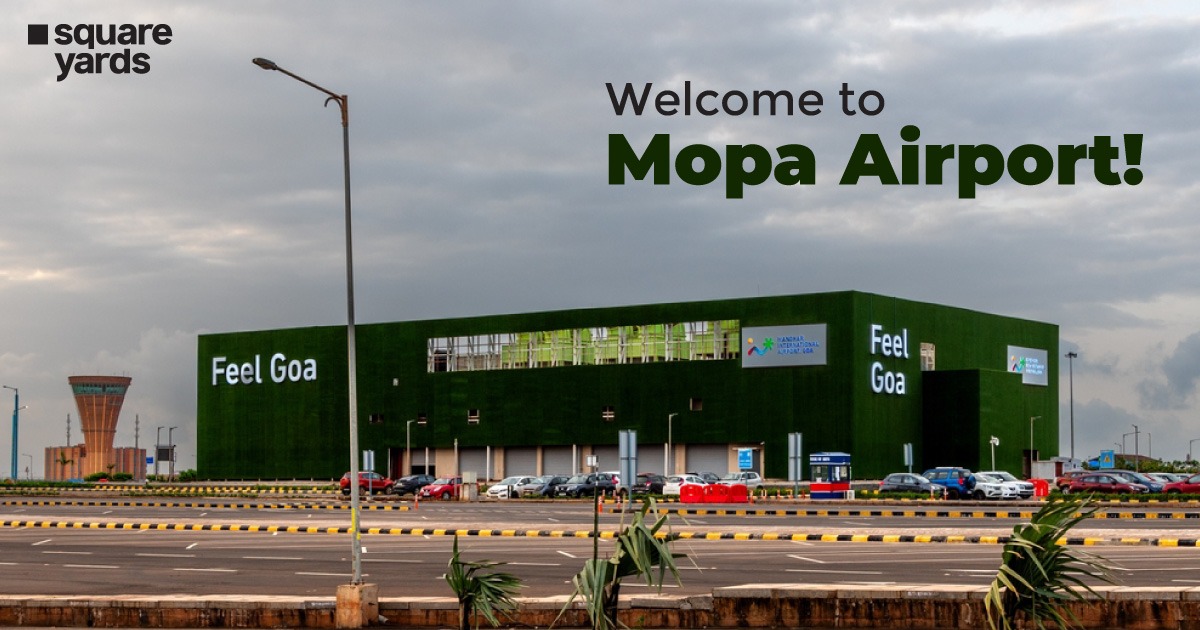According to a recent report by CBRE South Asia Pvt. Ltd, positive expansionary sentiments among retailers are expected to persist throughout 2024, as retail leasing in India reached an impressive ~6.4 million square feet across the eight major cities. This robust leasing activity is indicative of a thriving retail environment, which is further backed by a strong supply pipeline projected for 2025. Notably, tier-I cities such as Bengaluru, Hyderabad, Delhi-NCR, and Mumbai are set to witness the commencement of several investment-grade assets. In 2024, the retail supply was recorded at approximately 1.2 million square feet, with the fashion and apparel sector notably driving demand. The mid-range, value fashion, and athleisure segments alone constituted ~37% of the total retail space take-up during the latter half of the year. Other sectors contributing to leasing activity included homeware and department stores at ~13% and food and beverage at ~12%. The direct-to-consumer (D2C) sector also thrived, accounting for ~7% of the overall leasing activity with around 0.6 million square feet of space take-up. As the retail landscape evolves, these trends reveal an optimistic outlook for the upcoming year, with substantial growth anticipated across various sectors.
Retail Leasing Trends and Sector Performance in 2024
The retail leasing landscape in India has shown remarkable resilience, particularly in tier-I cities, where leasing activity reached ~3.2 million square feet in the second half of 2024, mirroring the leasing figures of the previous six-month period. Bengaluru emerged as the frontrunner in space absorption, followed closely by Hyderabad and Delhi-NCR, which collectively accounted for approximately 58% of the total retail space take-up. The performance of the fashion and apparel sector has been particularly noteworthy, driven by increasing consumer preferences for mid-range, value fashion, and athleisure options. This strong demand propelled these categories to represent roughly 37% of the total retail space take-up during the latter half of the year. The ever-expanding D2C sector complements this trend, as brands in the fashion and homeware segments led the charge, together accounting for over 70% of leasing within the D2C segment. The sustained growth in investment-grade mall supply and ongoing secondary space absorption signal a continually evolving retail landscape, further encouraging retailers to capitalize on emerging opportunities.
Future Projections and Strategic Developments in Indian Retail
Looking ahead to 2025, India’s retail leasing activity is anticipated to maintain momentum, driven by a balanced mix of primary and secondary transactions. The ongoing demand for retail spaces from mid-range fashion, value fashion, athleisure, and jewelry segments is expected to fuel interest in larger formats, particularly in tier-I cities. The retail supply is poised for a rebound, with an estimated 5-6 million square feet of Grade A malls set to commence operations. Strategic partnerships are emerging as a key avenue for foreign brands entering the Indian market, with many leveraging local collaborations to enhance their market presence. The trend towards experiential retail is also gaining traction, as retailers seek to build emotional connections with consumers. Mixed-use retail developments that integrate office, retail, and residential spaces are becoming increasingly popular, transforming retail stores from mere transactional spaces into engaging destinations. Furthermore, the D2C sector continues to thrive, driven by the rise of e-commerce and an expanding millennial and Gen Z consumer base, while quick-commerce platforms are expected to remain in the spotlight, catering to the demand for instant gratification.
Conclusion: A Promising Outlook for India’s Retail Sector
The Indian retail sector is on the cusp of significant growth, buoyed by positive expansionary sentiments and a favorable leasing environment. With a projected supply rebound in 2025, the market is set to witness a surge in investment-grade assets, especially in tier-I cities. Continued strong demand from key segments such as fashion, homeware, and food and beverage will ensure that retail leasing remains vibrant. Moreover, strategic partnerships are facilitating the entry of foreign brands, further enriching the Indian retail landscape. The shift towards experiential retail and the rise of D2C brands will redefine consumer engagement, ensuring that retailers can adapt to ever-evolving market conditions and consumer preferences. As we move into 2025, the Indian retail sector is poised for a transformative journey, marked by innovation, growth, and increased opportunities for both domestic and international players.








